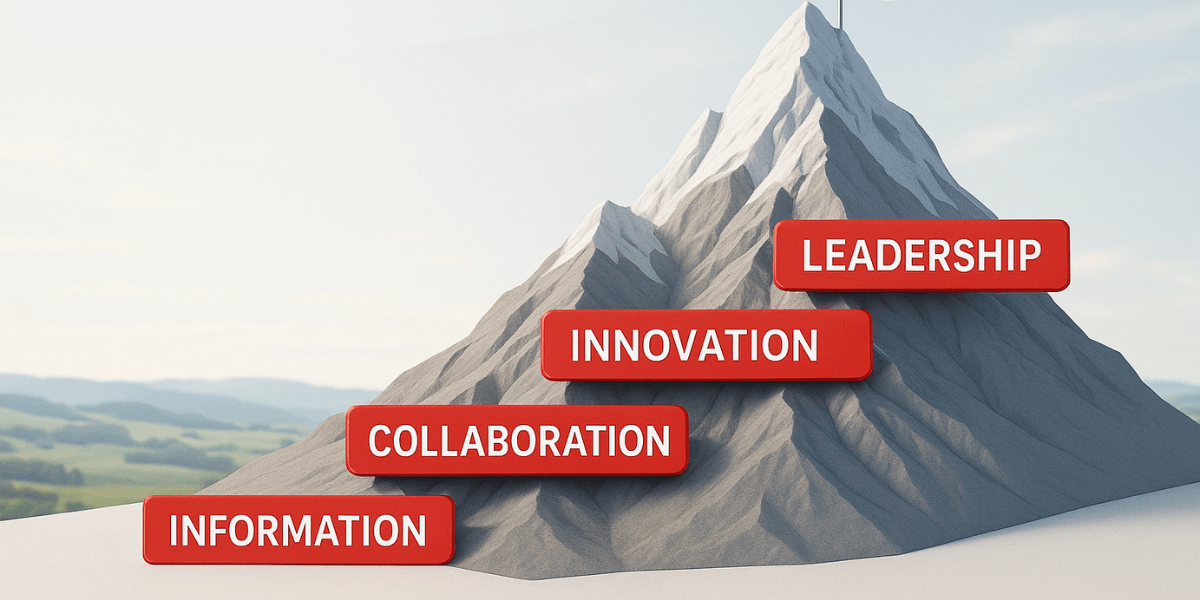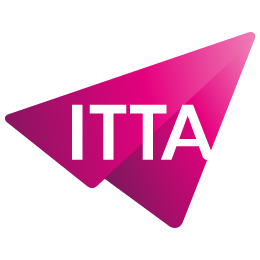Home > Knowledge Management: Why and How to Capitalize on Your Team’s Knowledge?
Imagine a key expert from your Lausanne office leaving for another assignment for three months. Shortcuts, best practices, known pitfalls, all of it disappears if there is no knowledge capitalization. That’s exactly what Knowledge Management aims to secure. In Switzerland, where competitiveness largely depends on knowledge-based capital, ignoring this lever means leaving hours of productivity and innovation opportunities on the table. The country is consistently ranked No. 1 in the Global Innovation Index, a sign that turning field experience into actionable knowledge is not a “nice to have” but a lasting competitive advantage (WIPO – Global Innovation Index; SECO/SME Portal). In this guide designed for both French- and German-speaking readers, you’ll discover why KM is strategic and how to implement a simple, measurable, and sustainable approach.

Knowledge Management encompasses the methods and tools used to identify, capture, structure, share, and update an organization’s knowledge. It includes both explicit knowledge (procedures, workflows, tutorials, documents) and tacit knowledge (know-how, techniques, lessons learned). For a basic overview, see Wikipedia – Knowledge Management.
In Switzerland, the Swiss Knowledge Management Forum (SKMF) promotes a four-level maturity model:
Without level 4, the first three quickly lose momentum (SKMF – Four Levels of KM).
To ensure long-term structure, the ISO 30401 standard defines a true knowledge management system (policy, roles, processes, evaluation, and continuous improvement), making it an invaluable framework for aligning leadership, IT, and business functions.
Swiss context: Switzerland consistently ranks among the top innovators. The OECD highlights the rise of Knowledge-Based Capital (KBC), databases, intellectual property, organizational skills, as a major driver of productivity (OECD – Knowledge-Based Capital; WIPO – GII Switzerland).

KM is not just an “intranet” or “HR” topic. It is a lever for economic performance and risk management. Without a structured approach, organizations pay a high price: time-consuming information searches, rework, delayed decisions, repeated mistakes, and dependency on a handful of experts.
Several studies highlight the extent of this inefficiency:
Applied to an SME in Vaud, a Bernese agency, or a Geneva department, these figures are often enough to self-finance a KM project within a few months, not to mention the reduction of operational risks during absences, mobility, or staff turnover.
A well-managed KM initiative delivers quick and visible gains, both for teams and finance departments:

Success doesn’t primarily depend on the tool. It relies on clear governance, useful formats, regular engagement, and well-tracked KPIs.
Align the KM initiative with the company strategy and secure executive sponsorship (level 4 of the SKMF model). Clarify:
Objective: make scattered knowledge explicit, with a “just-enough” level of formalization.
Useful knowledge is easy to find, contextualized, and up to date.
Unmaintained content becomes a risk. Establish a clear content lifecycle.
Once the foundation is in place, AI can amplify results without replacing good governance.

In a multilingual, multi-site environment, operational simplicity makes the difference. Here are habits that work well from Valais to Zürich.
Select a value chain where the impact is immediate: onboarding in an agency, maintenance operations, customer support. Establish a clear before/after with 3–4 simple KPIs (resolution time, escalation rate, time to autonomy, satisfaction).
Keep templates short, readable, with required fields (context, steps, acceptance criteria, common pitfalls). Content that’s too long won’t be read; too short, it won’t be actionable. Aim for the right signal-to-noise ratio.
The best professional know-how isn’t always written down. Organize job shadowing, short internal video captures, or mentoring sessions. Turn these into knowledge sheets and tutorials.
Schedule a monthly KM sprint (60–90 minutes) to clean, enrich, and archive content. Make updates visible (internal changelog, highlighted new items). Measure the freshness of your repository.
Value contributions during performance reviews and goal-setting. Highlight top contributors, offer a training, an internal badge, or a meaningful “thank you”, something that truly matters in Swiss workplace culture.

The tool is just a means to an end. What really matters are: powerful internal search, simple UX, integration (SSO, office suites, email), metadata, analytics, and a clear permissions model. Make sure the tool supports your ISO 30401 framework and the SKMF principles.
Avoid tool sprawl. A solid, well-integrated intranet/wiki is better than a constellation of apps that scatter knowledge. To frame the spend, cite the expected productivity gains (McKinsey) and the hidden cost of inefficiency (Panopto).

Measuring isn’t about stacking reports. Focus on actionable KPIs.

Every KM initiative encounters resistance. The key is to anticipate it and address it pragmatically.
Launch a pilot scope (support, quality, maintenance) to prove value quickly. Establish a 60–90 minute monthly review: more effective than “big-bang” efforts.
Explain the value proposition: save time, avoid errors, make better decisions. Align recognition. Sharing doesn’t diminish expertise, it showcases it.
Run a quick audit: 10 real searches, success rate, page age, and ownership. If results are weak, prioritize search, templates, and governance.
Enforce simple templates, clear owners, and scheduled reviews. Better a small set of high-quality content than a pile of outdated PDFs.
The literature points to technical, personal, and cultural obstacles that are often underestimated. A helpful synthesis: arXiv – Challenges of Knowledge Management.
Knowledge Management is a growth insurance policy for Swiss organizations. By turning field experience into actionable knowledge, you secure operations, speed up onboarding, improve quality, reduce hidden costs, and fuel innovation. These benefits are backed by solid references: productivity gains through collaboration and internal search, the massive costs of poor sharing, the centrality of knowledge-based capital, and Switzerland’s leadership in innovation. Launch a pilot, measure, improve, your knowledge capital will become a tangible competitive edge.
How long to see concrete results?
On a focused scope, gains often appear within 3 to 6 months (reduced search time, faster onboarding), consistent with the productivity ranges cited by McKinsey (source).
Do we need a dedicated Knowledge Management role?
At first, a KM lead may be enough. As adoption grows, a dedicated role helps with governance and engagement, ideally aligned to the ISO 30401 framework.
Where to start if we already have an intranet?
Begin with a usage audit: zero-result search rate, freshness, ownership. Then focus on search, templates, and governance. Method leads the tool, not the other way around.
Can we estimate ROI?
Yes, by valuing time saved (search, duplication), fewer errors, and faster onboarding.
Will AI replace our knowledge base?
No. AI augments KM (classification, suggestions, semantic search) but relies on a reliable, well-governed repository. Use ISO 30401 as your foundation for durability.

ITTA is the leader in IT training and project management solutions and services in French-speaking Switzerland.
Our latest posts
Subscribe to the newsletter
Consult our confirmed trainings and sessions

Nous utilisons des cookies afin de vous garantir une expérience de navigation fluide, agréable et entièrement sécurisée sur notre site. Ces cookies nous permettent d’analyser et d’améliorer nos services en continu, afin de mieux répondre à vos attentes.
Monday to Friday
8:30 AM to 6:00 PM
Tel. 058 307 73 00
ITTA
Route des jeunes 35
1227 Carouge, Suisse
Monday to Friday, from 8:30 am to 06:00 pm.